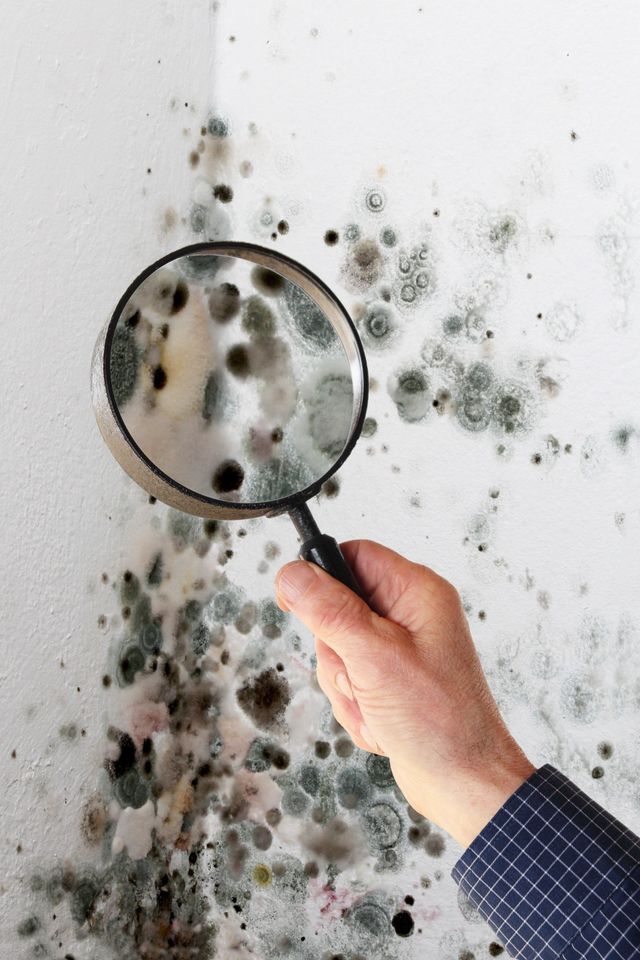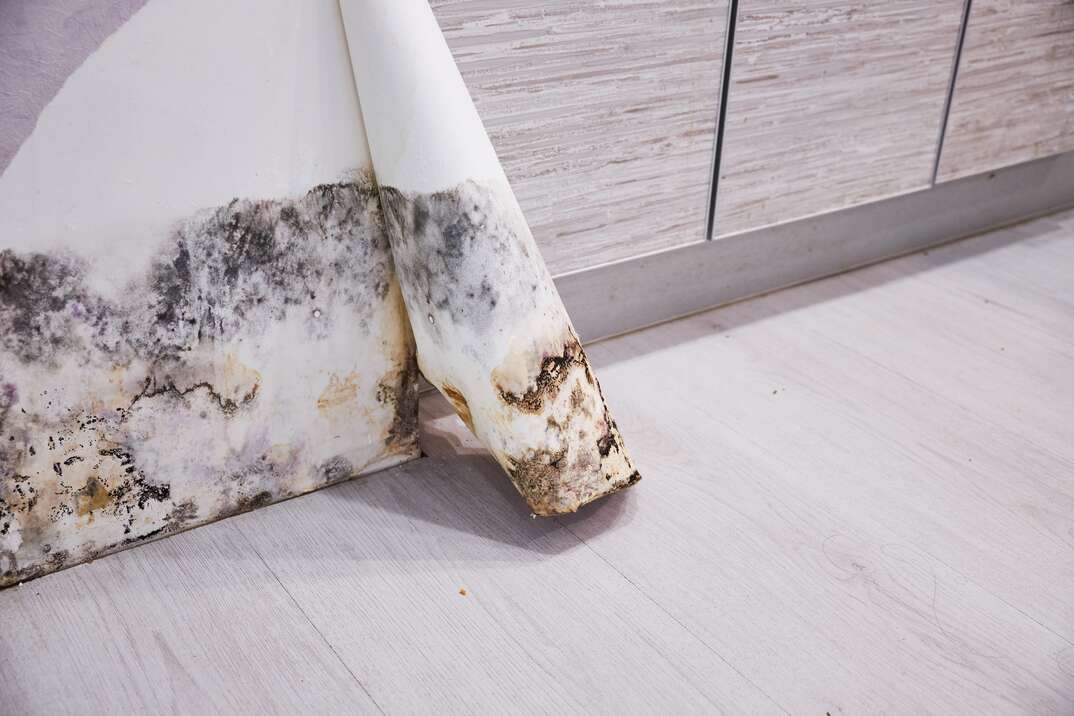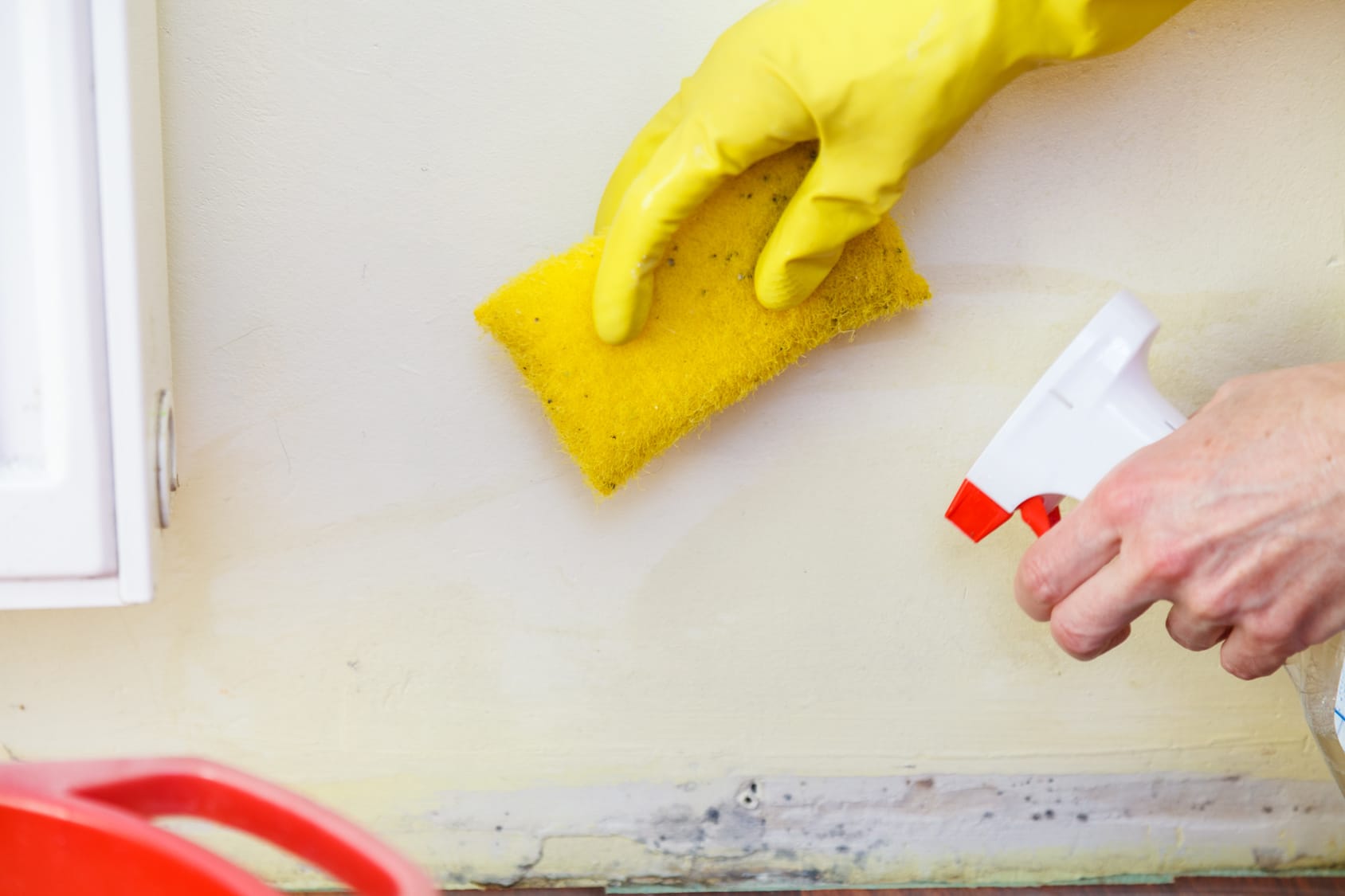Testing Air Quality After Mold Remediation
Testing Air Quality After Mold Remediation
Blog Article
Your Ultimate Overview to Message Mold Removal Techniques
Navigating the world of post-mold remediation strategies is a precise process that demands interest to information and an extensive understanding of the details entailed. In the consequences of mold and mildew invasion, understanding just how to efficiently eliminate the mold and mildew and stop its reoccurrence is extremely important for keeping a healthy and balanced interior environment. From selecting the right cleaning and disinfecting techniques to carrying out methods for long-lasting mold and mildew avoidance, each step in the removal journey plays an important role in making sure an effective outcome. As we start this expedition of post-mold removal methods, we will uncover the key techniques and finest methods that can assist you recover your area to its pre-mold condition and protect it against future mold and mildew risks.
Comprehending Post-Mold Remediation Process
After finishing the mold removal procedure, it is crucial to understand the post-mold remediation techniques that are necessary to guarantee a efficient and complete clean-up. When the mold has been removed, the following action entails cleaning and sanitizing the impacted locations to prevent any regrowth of mold and mildew.
In addition, performing a last examination post-remediation is crucial to guarantee that all mold has actually been efficiently removed. This evaluation should entail a comprehensive aesthetic check in addition to possibly air tasting to verify the absence of mold and mildew spores in the air. If the examination discloses any type of sticking around mold, added remediation may be needed. Enlightening residents on preventive actions such as controlling wetness degrees and without delay addressing any water leaks can assist keep a mold-free atmosphere.
Effective Cleaning Up and Sanitizing Techniques

Stopping Future Mold Development

Value of Correct Ventilation
Proper ventilation plays an important duty in avoiding moisture buildup, a vital variable in mold and mildew development within interior atmospheres. Efficient air flow systems help eliminate excess humidity from the air, lowering the opportunities of mold spores discovering the wetness they require to sprout and spread. Without adequate air flow, indoor rooms can end up being a reproduction ground for mold, resulting in possible health and wellness risks and structural damages.
By guaranteeing proper air flow, ventilation systems can also help in drying out wet areas extra quickly after water damages or flooding incidents, additionally discouraging mold and mildew development. Post Mold Remediation. Precede like bathrooms, kitchen areas, cellars, and attics where wetness levels tend to be higher, setting up and keeping reliable ventilation systems is crucial in stopping mold and mildew problems

Surveillance and Maintenance Tips
Offered the important function that appropriate air flow plays in avoiding mold and mildew development, it is crucial to establish reliable tracking and maintenance pointers to guarantee the continued functionality of air flow systems. Tracking moisture levels within the residential or commercial property is additionally essential, as high moisture can contribute to mold and mildew growth. By remaining alert and positive to the problem of ventilation systems, residential property owners can effectively alleviate the risk of mold regrowth and keep a healthy and balanced indoor environment.
Final Thought
To conclude, post-mold remediation techniques are crucial for guaranteeing a tidy and safe environment. Comprehending the procedure, implementing effective cleaning and sanitizing approaches, preventing future mold development, keeping proper air flow, and regular tracking are all vital action in the remediation procedure. By following these guidelines, you can successfully get rid of mold and avoid its return, advertising a healthy living or functioning room for all residents.
In the after-effects of mold and mildew problem, understanding just how to properly eradicate the mold and prevent its reoccurrence is paramount for keeping a healthy and balanced interior setting. As soon as the mold and mildew has been removed, the next step involves cleansing and decontaminating the impacted areas to avoid any type of regrowth of mold - Post remediation mold testing near me. After eliminating noticeable mold growth, it is crucial to cleanse all surface areas in the damaged location to get rid of any continuing to be mold and mildew spores. To even more improve mold prevention actions, it is necessary to deal with underlying issues that at first led to mold growth.Provided the critical duty that correct air flow plays in stopping mold development, it is necessary to establish efficient monitoring and upkeep tips to make certain the continued capability of air flow systems
Report this page